PORLAKSHOFN, Iceland – Shipping fish fillets on jet planes is costly and exposes the fish to temperature spikes that degrade the quality of the meat.
That worries Arsaell Hreidarsson, who raises Arctic char at his fish farm on Iceland’s south coast and ships fillets by air to the United States for distribution by a national supermarket chain.
The solution: ship fresh fish on refrigerated containers by sea to the port of Portland. That option was made possible when Iceland’s largest steamship line, Eimskip, earlier this year moved its U.S. port of call from Norfolk, Va., to Portland, saving five days sailing time across the North Atlantic.
“Eimskip’s move to Portland opens up potential,” Hreidarsson said. “It is crucial to us because it allows us to enter the market with a fresh product.”
The opportunities go both ways.
Maine’s unlikely new partnership with this small island nation near the Arctic Circle stands to open up new opportunities for Maine’s economy and revive Portland’s long-stagnant waterfront.
The new service gives Maine exporters and importers direct connection to Iceland, Nova Scotia, Newfoundland and Norway. And from Norway, Eimskip operates routes that connect to ports in England, ports as far north as Murmansk, Russia, and ports as far south as Hamburg, Germany, and Europe’s largest port: Rotterdam, Netherlands.
It is the first container service between Europe and Maine since the early 1980s.
So far, companies in Maine are shipping frozen french fries, blueberries, processed lobster, gas stoves, pleasure boats and household goods.
Eimskip is importing frozen cod and haddock, bottled water, lamb meat and cryolite, a mineral important in the production of aluminum.
While some products, such as fish and bottled water, end up on the market in Maine, most of Eimskip’s imports are shipped from the Portland waterfront by rail and truck to other destinations in the United States.
In its first six months in Portland, Eimskip worked on operational issues related to the move to Maine. Satisfied that operations are now running smoothly, the company is starting to market the service to customers on both sides of the Atlantic.
Eimskip is not just selling its shipping service. Working with the Maine Port Authority and Maine International Trade Center, the company is also offering “matchmaking” services, essentially making introductions between businesses and distributors who can help businesses find customers in a new country.
Maine businesses stand to benefit from the move because their close proximity to Portland lowers transportation costs and opens up markets they haven’t been able to access before, said David Bernhardt, commissioner of the Maine Department of Transportation.
He said Eimskip is an ideal partner for Maine because its relatively small size compared to the global steamship lines that operate in New York allows it to be nimble as it works with Maine companies to develop trade opportunities. From its new Portland office, Eimskip can work with small companies directly and consolidate shipments from several companies and put them into a single container, he said.
Gov. Paul LePage, who helped recruit Eimskip to Portland, wants the new container service to succeed because it will create jobs statewide, Bernhardt said.
“This is a game changer,” he said.
Both sides seem determined to make the partnership work, with two state officials traveling to Iceland earlier this month to study Eimskip’s port operations and to reassure Eimskip executives that Maine is committed to upgrading Portland’s cargo terminal and extending rail service to it.
To be successful, both sides need to move beyond spreadsheets and logistics and build personal relationships that foster easy communication and trust. That appears to be happening.
Last month, for example, Jack Humeniuk, business agent for the union representing Portland’s longshoremen, brought Larus Isfeld, general manager for Eimskip USA, and Petur Peterson, Eimskip’s Portland station agent, and their wives and children to his family cottage on Sebago Lake. For three hours Humeniuk sped around the lake in his motorboat giving everyone tube rides.
This month in Iceland, Isfeld served as an enthusiastic cultural tour guide for John Henshaw, executive director of the Maine Port Authority, and Patrick Arnold, the authority’s director of operations and business development.
Isfeld drove the pair around the countryside, a spectacular and treeless moonscape shaped by volcanic eruptions and glaciers, and he treated his American guests to Icelandic delicacies such as minke whale meat and cormorant, a large black seabird. They also bathed in an outdoor community spa heated by geothermal hot water.
The officials met with potential customers and toured a lamb slaughterhouse, an aluminum smelter, a fish farm and a bottled water plant.
They also toured the Eimskip terminal in Reykjavik, where crews were busy loading containers on a ship bound for Portland. Arnold operated a reach stacker, a tractor-like vehicle that moves containers.
Henshaw said that developing mutual trust is critical for the plan’s success.
“They need to believe what we are telling them,” he said. “We need to understand that they are committed to delivering on this side (in Portland) and will do what they say they want to do.”
As a result of the trip, the Maine Port Authority on Thursday approved the purchase of a $620,000 reach stacker for the International Marine Terminal in Portland. The equipment includes an attachment that allows it to move oversized cargo that doesn’t fit into a container.
The five-day trip culminated at Eimskip’s corporate headquarters, where Henshaw and Arnold met with all the company’s available managers, followed by a second meeting with the company’s top executives.
Henshaw laid out the state’s long-term plan to transform Portland’s waterfront into a fish-processing center and a logistics hub for North Atlantic trade.
In an interview after the meeting, Gylfi Sigfusson, Eimskip’s president and CEO, said the move to Portland is going as planned and that he is satisfied with the cooperation he is receiving from the state.
“We have a shared vision going forward,” he said.
Eimskip, which employs 1,200 people in 18 countries, has built a niche business focused on moving frozen and chilled goods, particularly fish. It transports fish caught in the North Atlantic and Arctic oceans, from Newfoundland’s Grand Banks to the Barents Sea north of’Norway and Russia. Using packing methods and strict temperature control, the company is able to keep fish and meat fresh over long ocean voyages.
Portland is Eimskip’s only port of call in the United States, and the company wants Portland to serve as its gateway to the huge U.S. consumer market.
Sigfusson said the company prefers to work with small ports like Portland because it can get attention from port managers and state officials to develop business opportunities. In a huge port like the Port of New York and New Jersey, he said, Eimskip would be such a small player that it would not get any consideration.
The company is now importing more goods through the port of Portland than exporting goods from America. That is a reversal of the historic pattern at the port, and it means that Eimskip is carrying a lot of empty containers back to Iceland and Norway.
To bring “balance” to the service and boost revenues, Eimskip needs more companies in Maine and other states to be using its ships for export.
Because Iceland is such a small market, Sigfusson said, the biggest opportunity for U.S. businesses is to export to mainland Europe, not to Iceland.
A big obstacle that Eimskip faces in Maine is skepticism in the Maine business community. That’s because of the on-again, off-again container service that predated Eimskip’s arrival.
The previous shippers offered a “feeder service” that linked Portland with other steamship lines in Halifax, Nova Scotia, and they constantly struggled to find enough customers to support the service. One of those steamship lines was Eimskip, which ended its feeder service in 2008 after operating it with a chartered vessel for less than a year. Its decision to cut the service followed a major corporate restructuring.
This service is different, Bernhardt said.
This time, Eimskip has come to Portland with a route all the way to Europe and an existing base of customers and a solid revenue stream, he said.
Rather than chartering a vessel and crew, Eimskip this time is using its own equipment and employees, according to Arnold.
“This is a totally different model,” he said. “This is about direct access to different countries.”
There are still some unresolved issues facing Eimskip as it tries to grow its business.
Eimskip needs Maine’s cooperation in developing the port, such as by extending rail service on the waterfront and obtaining land adjacent to the terminal so it can have more room to stack containers. The state also wants to obtain land near the terminal for a cold storage warehouse. Rather than build the warehouse, the state would partner with a developer.
The state is negotiating with the adjacent landowners, Pan Am Railways and Phineas Sprague. Bernhardt declined to say when he expects the talks will be completed, but he said he is confident agreements can be made.
He noted that LePage has dedicated $24 million from a proposed transportation bond for improvements to intermodal facilities, including development on Portland’s waterfront.
After returning to Maine, Arnold and Isfeld traveled to Aroostook and Waldo counties and the midcoast to meet with businesses that could use the container service to ship their products to Iceland and Europe, including potato and broccoli producers, food processors and saw mill operators. They also met with a beer brewer in Portland.
One of the former customers of the now-defunct feeder service is Jotul North America in Gorham, which imports cast-iron stoves from its parent company in Norway and retrofits them for gas.
In July, the company began using Eimskip’s new service for shipments from Norway to Gorham.
Paul Haroldsen, Jotul North America’s vice president of finance, said the service has provided “substantial” savings in shipping costs. In addition, Eimskip allows the company to store its full containers at the Portland terminal so they can be picked up and brought to Gorham at a time that meets the company’s production demands.
Jotul, which moves 100 to 200 containers a year, also uses Eimskip to ship gas stoves from Portland to England.
Haroldsen said the company’s business relationship with Eimskip is working out well.
“We both needed each other,” he said.
Tom Bell can be contacted at 791-6369 or at
tbell@pressherald.com
Twitter:TomBellPortland
Send questions/comments to the editors.

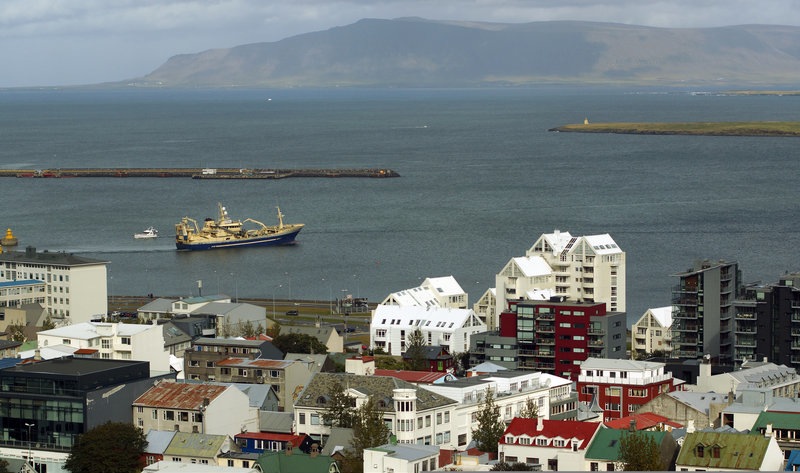



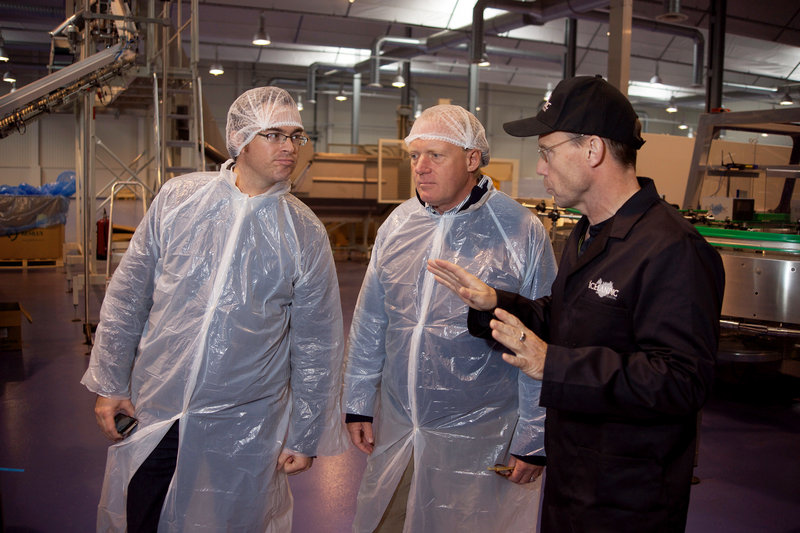
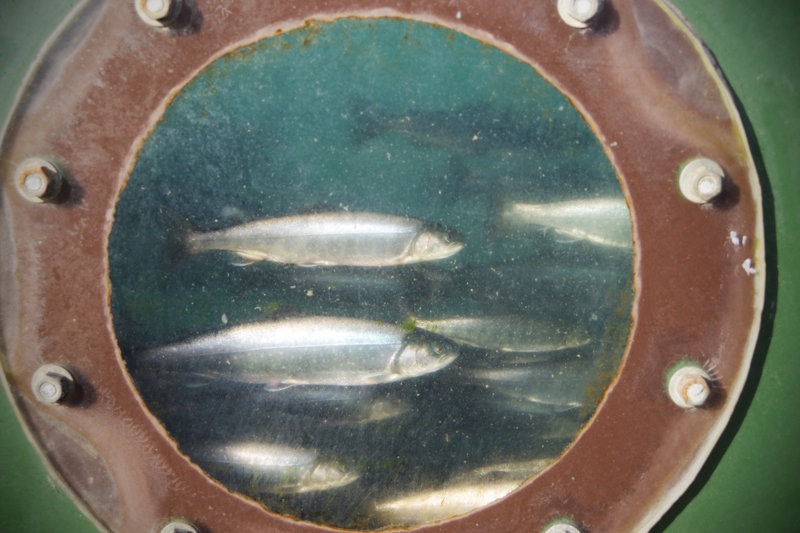
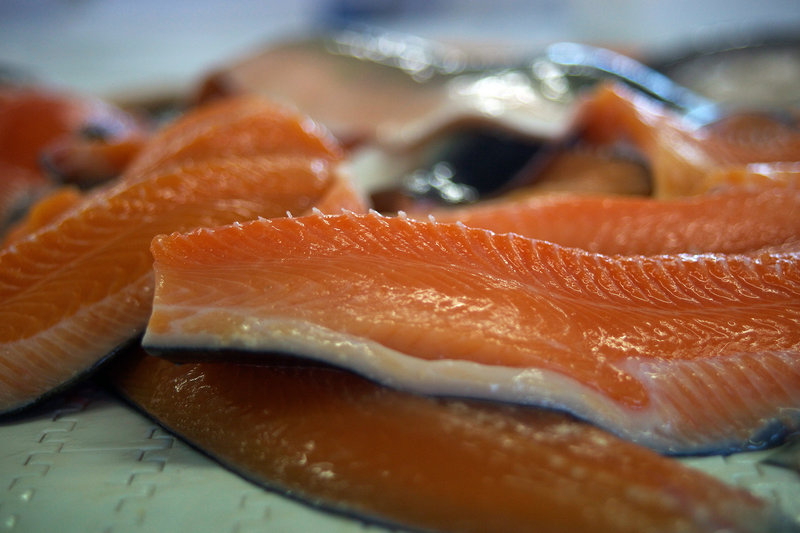
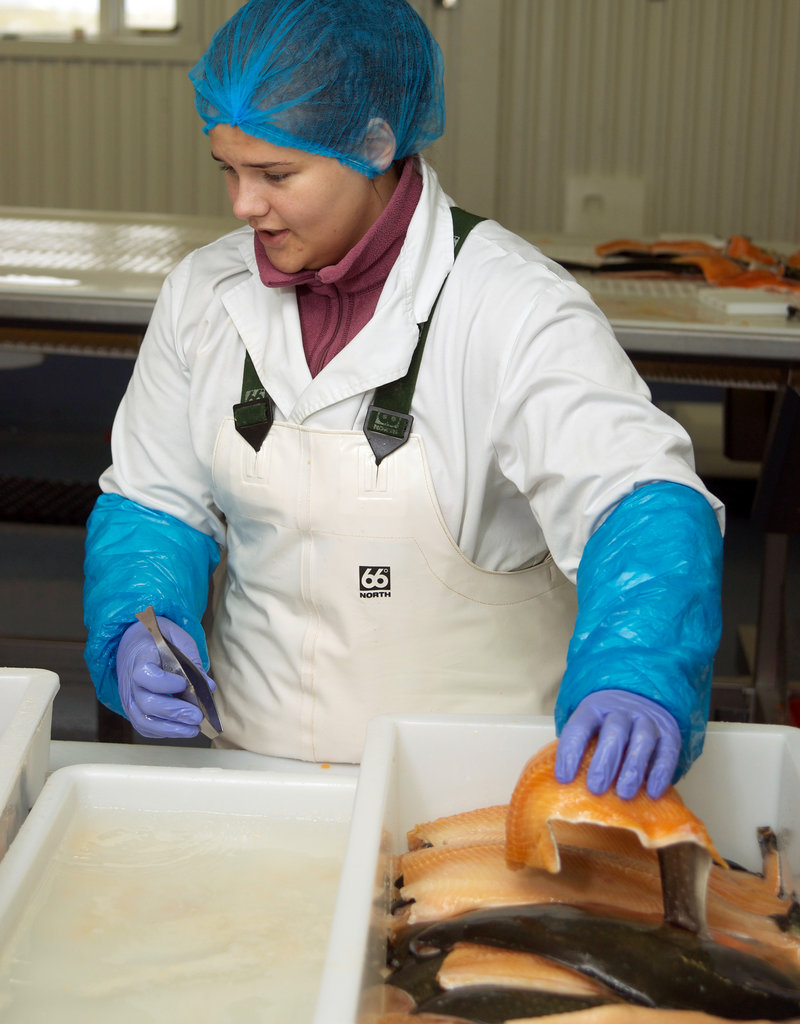

Comments are no longer available on this story